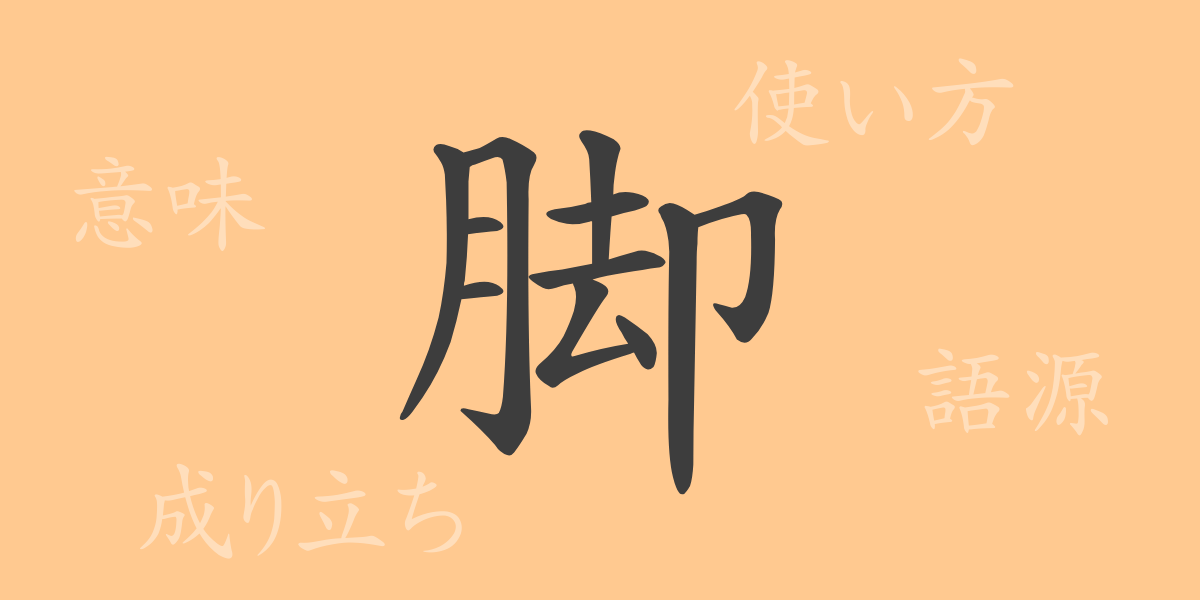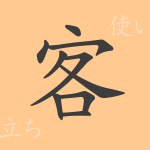The written culture of Japan is profound, with kanji characters embodying particularly diverse meanings. The kanji “脚” (kyaku) refers to a basic part of the body, yet its usage spans a vast range. This article explores the origins and various contemporary uses of the kanji “脚” (kyaku), delving into its charm.
Origin of 脚 (語源)
The origin of the kanji “脚” (kyaku) dates back to ancient China. It began as a pictograph representing the lower body or legs of a person and evolved into its current form over time. Originally, it depicted the act of lifting a leg to walk, making it an intuitive expression capturing human movement.
Meaning and Usage of 脚 (kyaku)
The kanji “脚” (kyaku) primarily refers to “the legs of a human or animal,” but it also extends to “the legs of objects” like tables and chairs. Metaphorically, it can mean “to flee,” with the expression “脚を使う” (あしをつかう, ashi o tsukau) meaning “to walk” or “to run.”
Reading, Stroke Count, and Radical of 脚 (kyaku)
The kanji “脚” (kyaku) has several readings, with the basic ones as follows:
- Reading: The on-yomi (Chinese reading) is “キャク” (kyaku); the kun-yomi (Japanese reading) is “あし” (ashi).
- Stroke count: 11 strokes in total.
- Radical: The radical is 肉 (にくづき, nikuzuki), meaning meat or flesh.
Idioms, Proverbs, and Expressions Using 脚 (kyaku)
There are many idioms, proverbs, and expressions that include the kanji “脚” (kyaku). Here are some examples:
- 脚光を浴びる (きゃっこうをあびる, kyakkou o abiru): To be in the spotlight; to receive attention.
- 脚色する (きゃくしょくする, kyakushoku suru): To embellish a story or make it more interesting.
- 脚を引っ張る (あしをひっぱる, ashi o hipparu): To hinder someone’s progress or success.
- 脚下照顧 (きゃっかしょうこ, kyakkashouko): To watch your step. Figuratively, it means to pay attention to details.
Summary on 脚 (kyaku)
The kanji “脚” (kyaku), as its shape suggests, primarily means legs or walking. However, its usage is broad, appearing in various idioms and expressions. The use of “脚” (kyaku) in Japanese is deeply connected to our daily lives, highlighting the richness of the language. Understanding this kanji can deepen your appreciation and knowledge of Japanese.

























